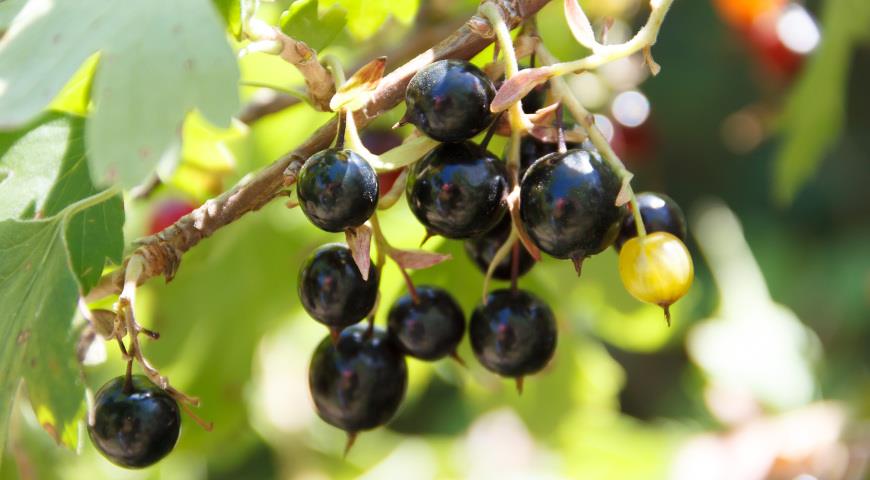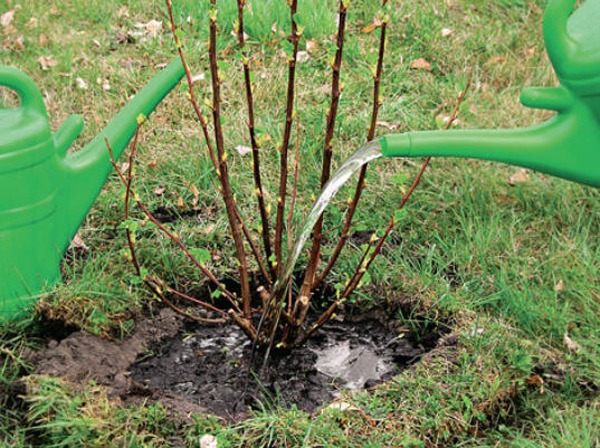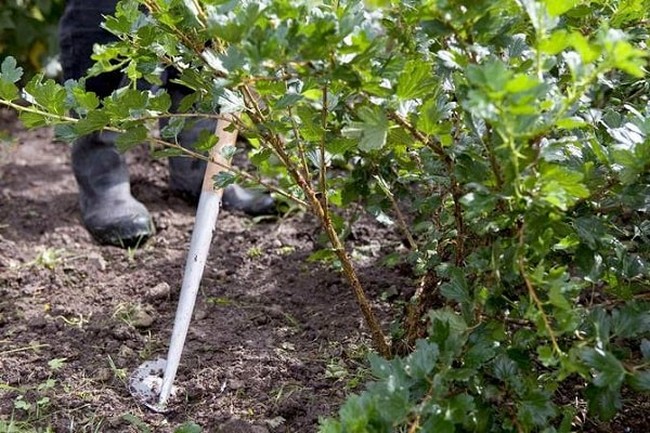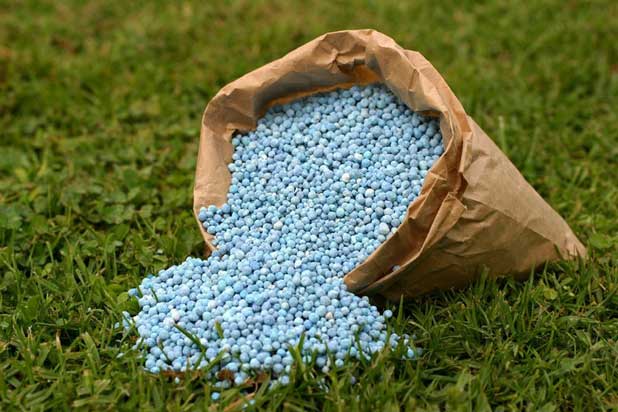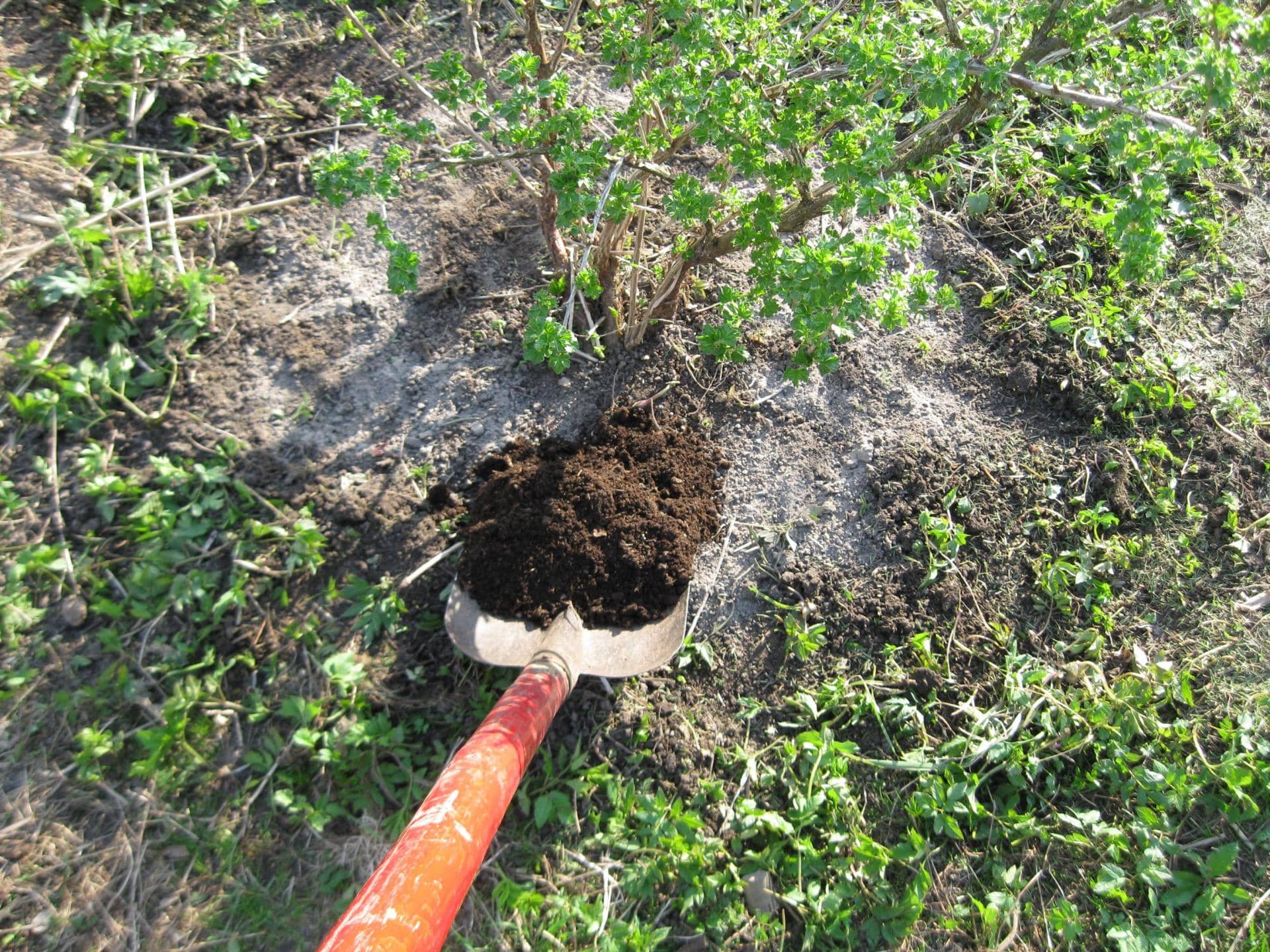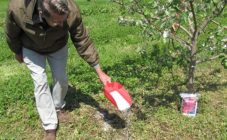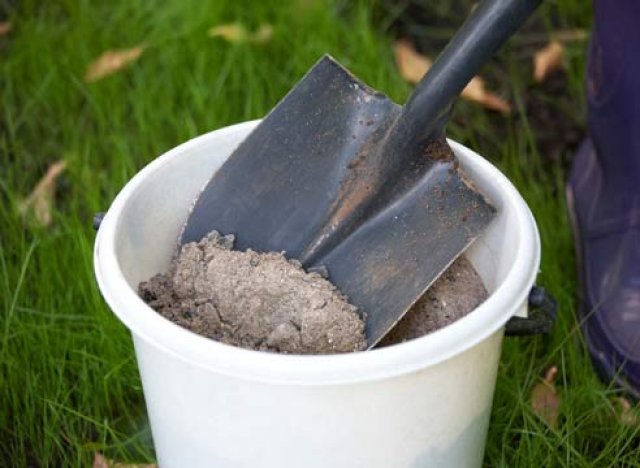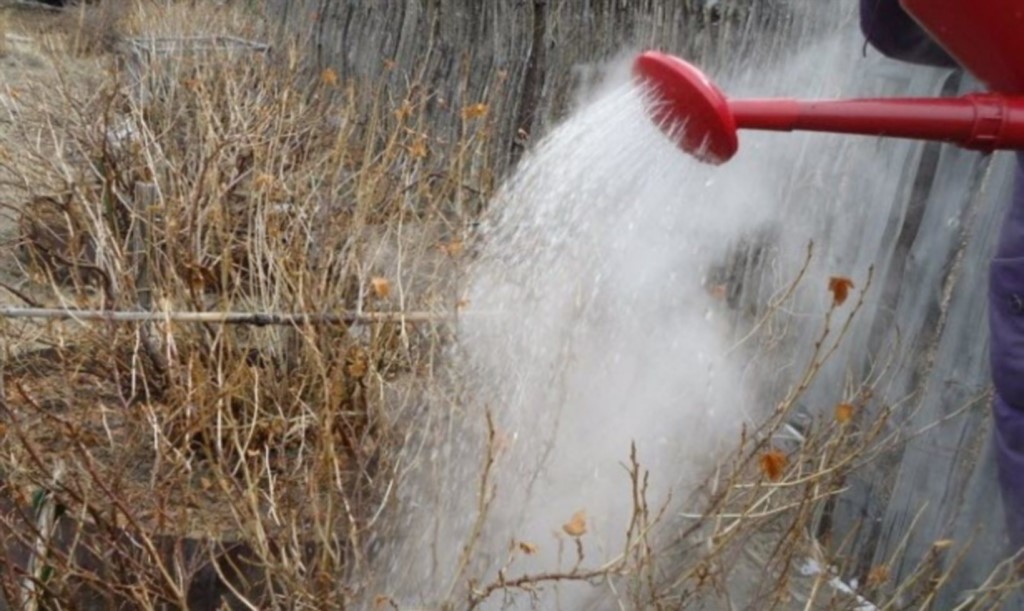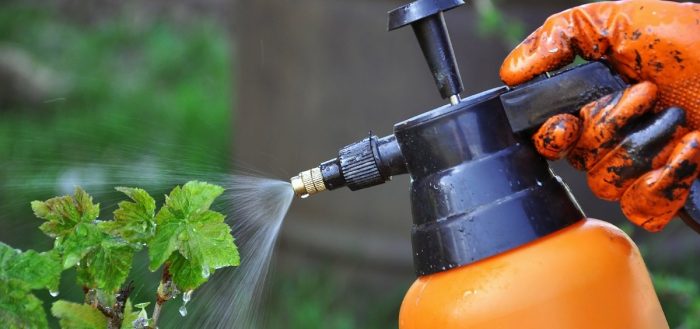Content:
Timely feeding of currants in the spring will help form a strong bush and get a high yield, each berry in which will be of excellent quality. Since this shrub belongs to perennials (it can bear fruit for more than 10 years), it needs additional feeding.
Intensive fertilization is recommended after the third year of plant life in one place. This is due to the fact that the bush annually consumes a large amount of nutrients and minerals for its development and the formation of a new crop, as a result of which the soil becomes poorer very quickly. That is why feeding is a mandatory event that is included in the care program, regardless of the type and variety of currants.
They all love organic and mineral fertilizers that strengthen the root system and stems. The first top dressing of the season must be done in the spring, observing the rule that all additional substances are introduced into the soil before the active opening of leaves and the formation of berries begins. The second feeding is carried out in the autumn, after the complete harvest of the ripe crop. Summer is the period when no fertilization is required.
The peculiarity of the feeding process is that the composition and variety of substances introduced in spring and autumn differ. For the full and rapid development of shoots and buds that develop with the retreat of cold weather, it is imperative to use nitrogen nutrition. After fruiting, that is, during the period of autumn feeding and preparation of the plant for wintering, special substances and trace elements are required that allow currants (both black and red) to prepare for winter, lay new flower buds that will be visible for the next season.
Failure to comply with the deadlines or deviations from them by more than 2 weeks can cause a significant deterioration in the quality of the crop, and the berry itself will be sour or small.
Fertilizers: what will benefit currants
The correct process of growing currant bushes suggests that already in April it is necessary to start cultivating the soil, saturating it with substances useful for the plant. Before applying fertilizers, it is recommended to dig up the soil well to allow oxygen to penetrate into the fertile layer and circulate evenly there. The selected nutrient mix options are then used and irrigated (no cold water is used).
This precaution is due to the fact that additional nitrogen entering the soil from fertilizer will lead to an increase in the growth rate of the shoots. This process will lead to the fact that new branches will not be able to get stronger by the onset of the first frost, therefore, the likelihood of the death of the bushes increases.After the timely introduction of mineral or organic fertilizers into the soil around the bushes, it is necessary to water. The need for such an action is associated with getting rid of the root system from possible burns (especially when fresh manure or peat is used as fertilizer). As for the water regime, in the event of a rainy spring, subsequent irrigation should be carried out in a reduced mode, and dry formulations and preparations are recommended as top dressing.
If the weather is rainy in spring, then water less or use dry preparations.
Top dressing with nitrogen fertilizers and urea
Nitrogen fertilizers, which include urea, are needed for currant bushes during the period of their active growth, that is, in early spring: from mid-March, in April.
Depending on the region: center, southern part or northern territories, experienced gardeners carry out 2-3 additional fertilizing. Here you need to follow the scheme: the first feeding is carried out from the moment the kidneys open, after that 1 time in 14 days. The end of the stage is 1-2 June. Watering the bushes is required taking into account the amount of moisture in the soil. Carrying out the first feeding, you need to carefully look at the state of the kidneys: as soon as they noticeably swell, you should add 1 tablespoon of urea under each of the currant bushes.
You do not need to dig it into the soil, you should only lightly sprinkle it. Alternatively, this fertilizer should be diluted in a bucket of water (10 liters) and water the plant, focusing on the near-stem circle. After 2 weeks have passed, re-feeding should be carried out using nitrogen fertilizers. It is best in this case to spill currants with infusion of mullein, manure or bird (chicken) droppings. Nitrogen helps in pest control.
Organic fertilizers
In 90% of cases, for the use of organic fertilizers, the following are used:
- compost;
- manure (cow, horse);
- droppings (from different birds).
At the end of October, when climatic conditions lead to the fact that night temperatures below zero are set on the street, compost and horse manure can be brought under the currant bushes (several buckets per bush). In a similar way, the plant needs to be fertilized in order to guarantee the protection of the root system from freezing. In the spring, such a fertilizer performs the task of enhancing the nutrition of the currants. As a result, the yield will increase and the quality of the berries will be better. Also, organic fertilizers significantly improve the structure of the soil, making it good for cultivated plants, berry bushes.
Mulch is also a successful organic feeding for various varieties of currants. It protects the soil from increased evaporation of moisture and overheating if the plot or garden as a whole is sunny. Also, this fertilizer, decomposing and gradually re-heating, releases a sufficient amount of carbon dioxide and various trace elements for the currants to grow quickly. Good organics - potato peelings, ash.
Fertilization with potassium sulfate, superphosphate
In the spring, currant bushes should also be treated with fertilizers containing not only nitrogen, but also phosphorus and potassium. These types of fertilizers contain a full set of essential trace elements necessary for the development and strengthening of shrubs.If the gardener has a sufficient set of knowledge, then the composition can be selected independently, but it is best to purchase ready-made fertilizers (complex). It is important to consider here that some of them are recommended for application in the spring, while others - during the autumn feeding. Details are indicated on the packaging. Any agent from this group leads to an increase in the productivity of berry plantings, therefore it is necessary to fertilize them if the quality of the ripe berries is important. There are also such features of spring feeding - during this period, it is required that substances with a predominance of nitrogen enter the soil. Potassium and phosphorus work more actively in the fall.
Phosphorus components are required to be added to the soil during the ripening period of the fruit. The plant also requires this component when new flower buds are laid, flowering takes place. Phosphorus is also required during the winter preparation period to strengthen them.
It is optimal to start applying the components in the second half of summer and autumn. During this time period, plants are fertilized with superphosphate. The substance is introduced into the soil as follows: 1 tbsp = 1 bush. If feeding is done after rain or the weather is wet for a long period, the composition can be distributed by simply scattering it under the bushes, no need to add it.
When the weather conditions are dry, it is preferable to pre-water the soil or, as an alternative solution, dissolve the fertilizer granules and spill all the bushes around the perimeter of their crown with the resulting solution.
Foliar dressing
Thinking about the best way to feed currants in spring, you need to remember about the existence of foliar fertilizers. This type includes:
- manganese potassium;
- boric acid;
- copper sulfate.
These substances enter the plant through the leaf blades (leaf stomata). The application is carried out by spraying with water with the element selected for feeding. In 90% of cases, complex, water-soluble mineral fertilizers are used, various compositions that can strengthen and stimulate the immune system of currants.
Feeding currants as part of the grooming process
Any cultivated plant requires quality care. That is why the stages of fertilizing are related to additional protection of the currants: they strengthen the strength of the shrubs, provide them with health, and scare off possible pests. The soil is also cleaned from microorganisms and fungi, which can negatively affect the bushes, weaken them.There are folk methods of care, involving the use of ammonia diluted in water, fermentation products in order to control gooseberry pests. If care and protection are done correctly, the shrub will delight you with a lush and strong crown and a bountiful harvest. Knowing how to feed the currants, you can guarantee yourself that the berry will be large and fragrant.
Thus, spring, as well as autumn feeding of currants is an important event for the plant. They should be carried out in a timely manner, choosing high-quality types of fertilizers and taking into account the condition of the soil on the site. It is not difficult to feed in time, fertilize with suitable compositions and get a good harvest.
